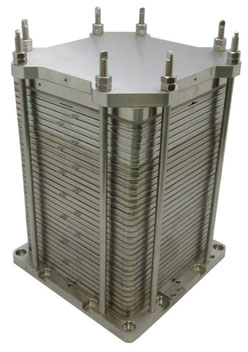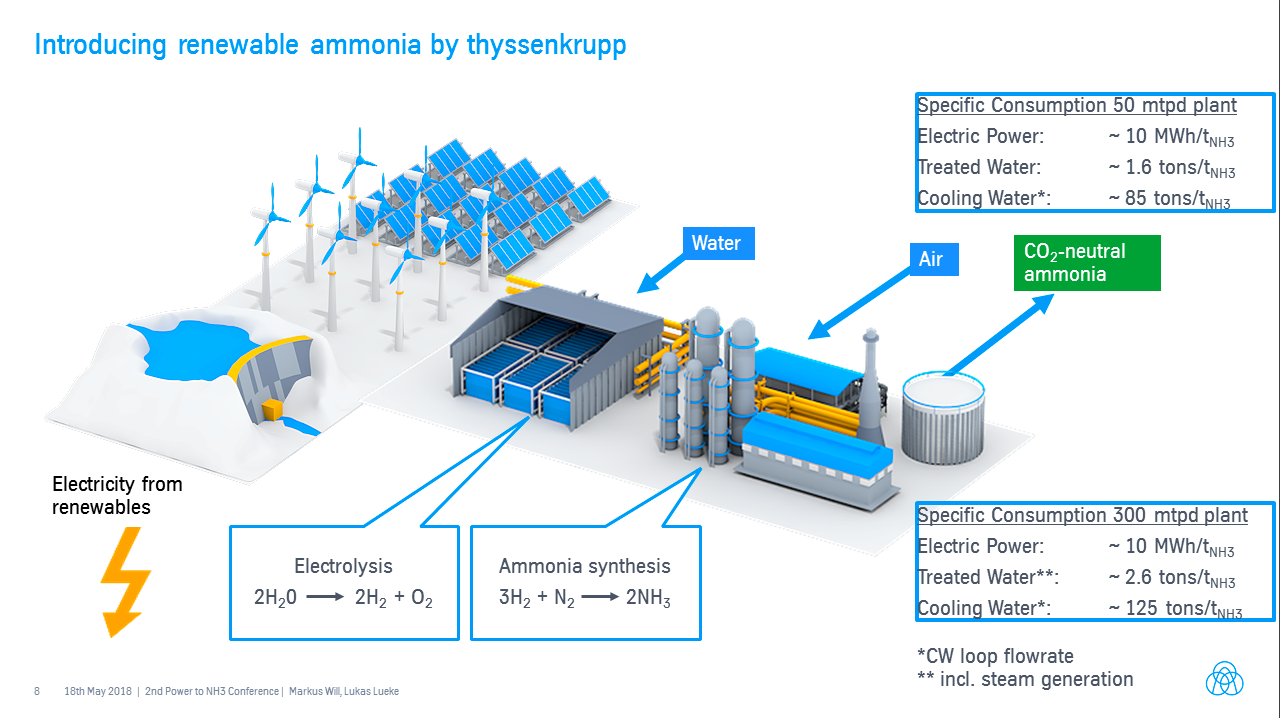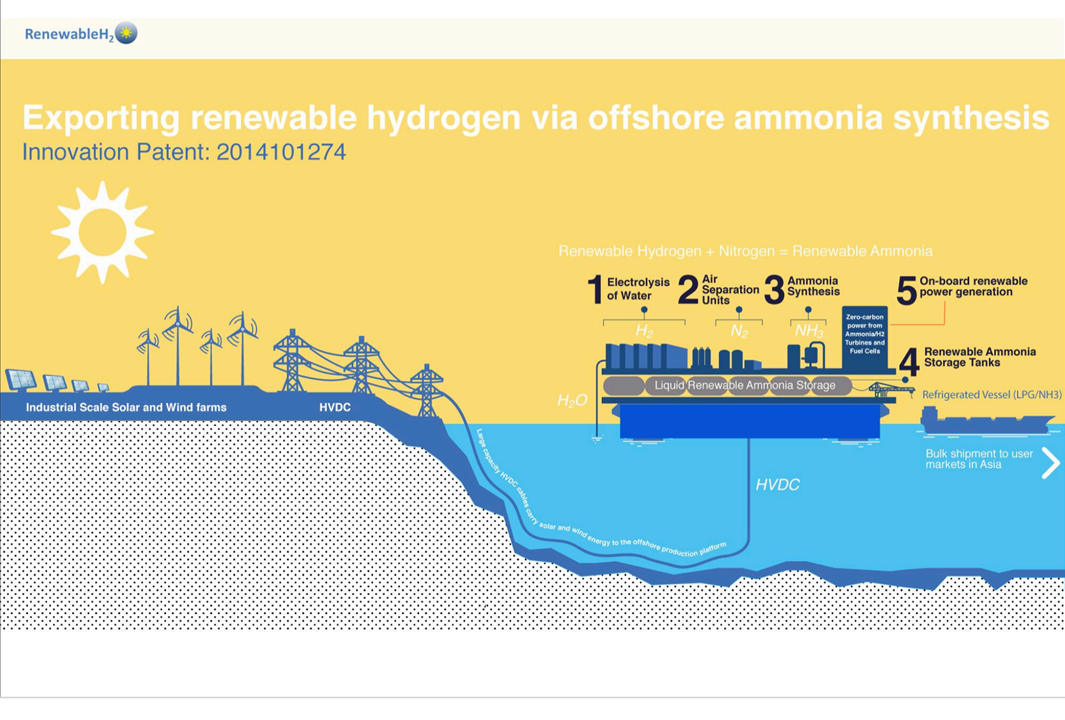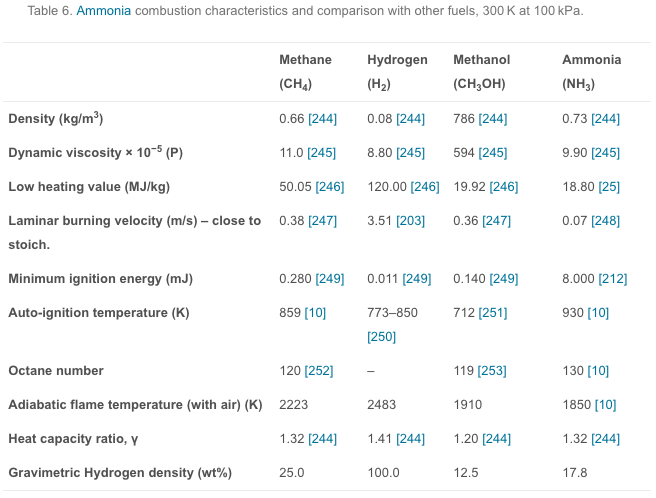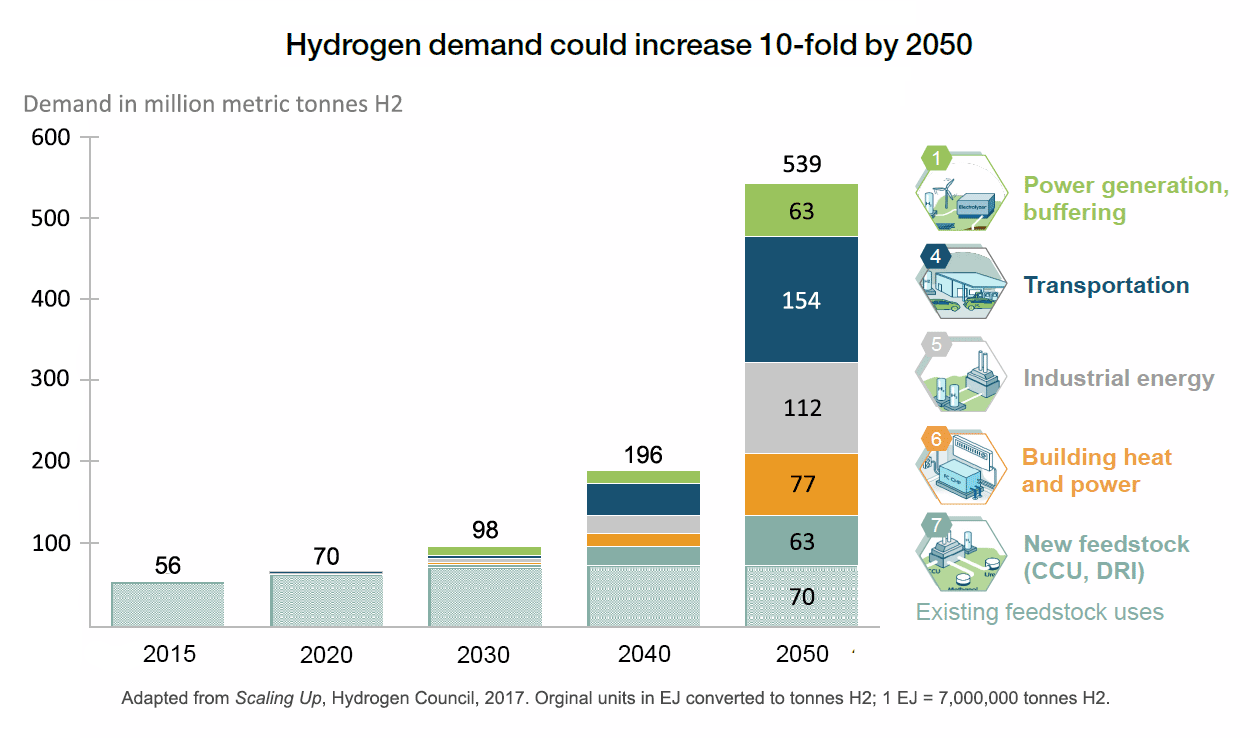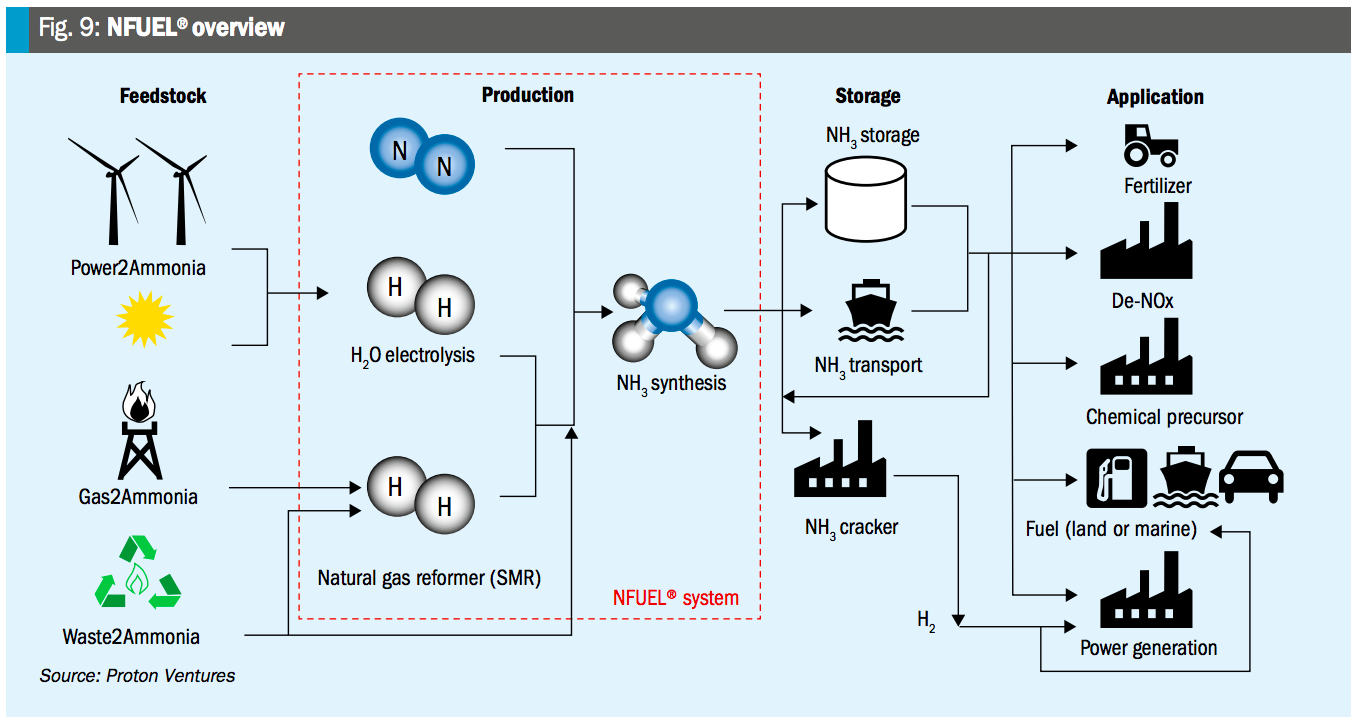Ammonia for Fuel Cells: AFC, SOFC, and PEM
In the last 12 months ... IHI Corporation tested its 1 kW ammonia-fueled solid oxide fuel cell (SOFC) in Japan; Project Alkammonia concluded its work on cracked-ammonia-fed alkaline fuel cells (AFC) in the EU; the University of Delaware's project for low-temperature direct ammonia fuel cells (DAFC) continues with funding from the US Department of Energy's ARPA-E; and, in Israel, GenCell launched its commercial 4 kW ammonia-fed AFC with field demonstrations at up to 800 locations across Kenya.
